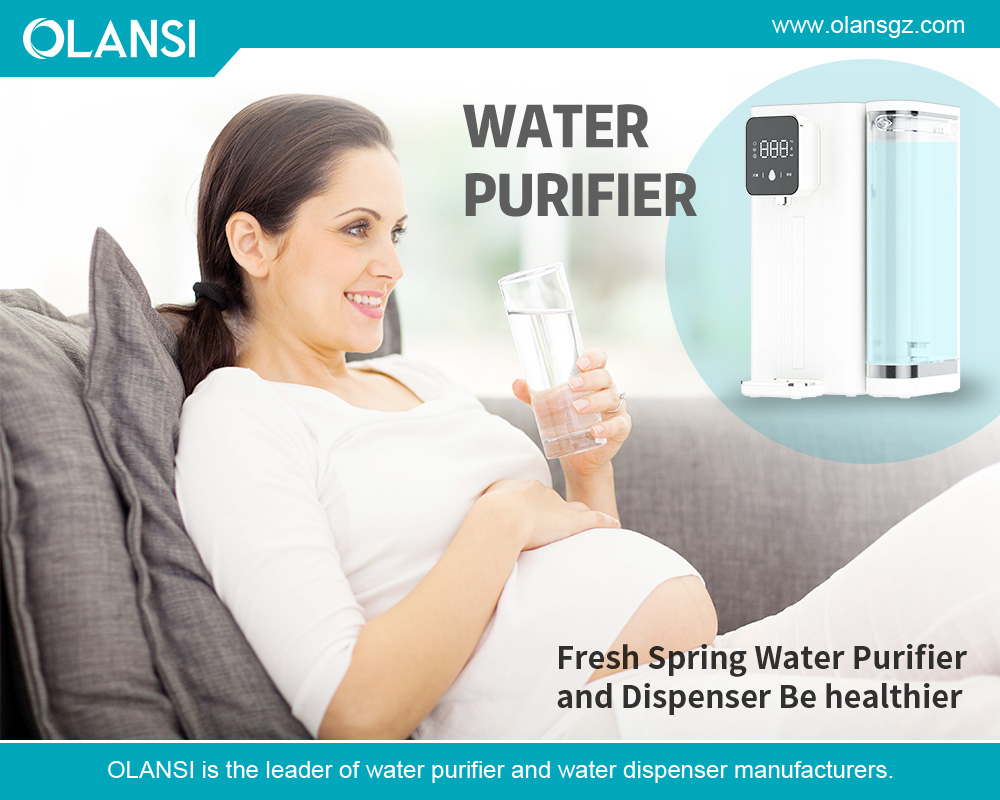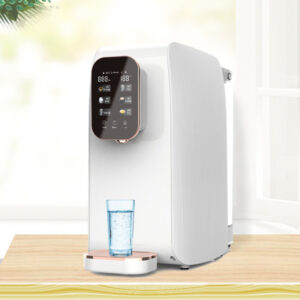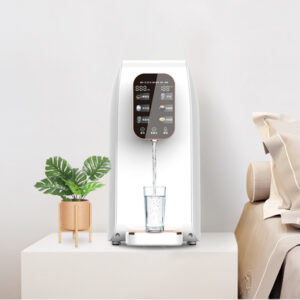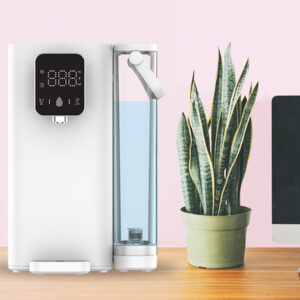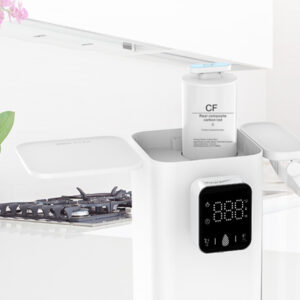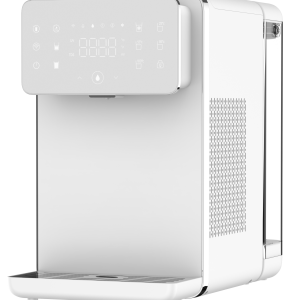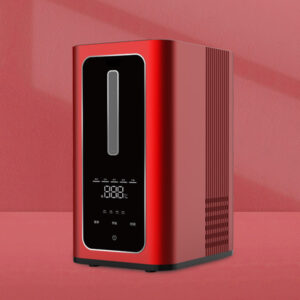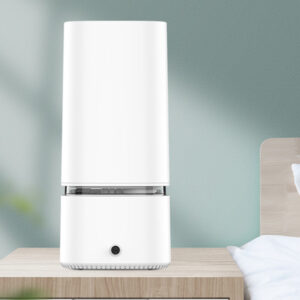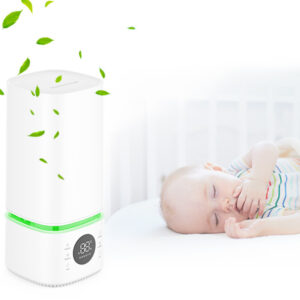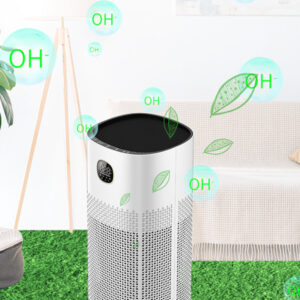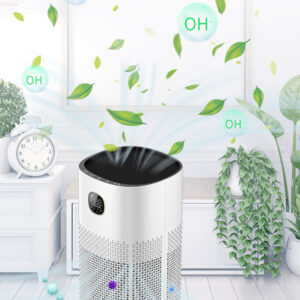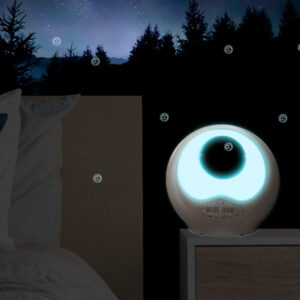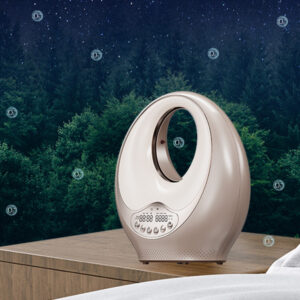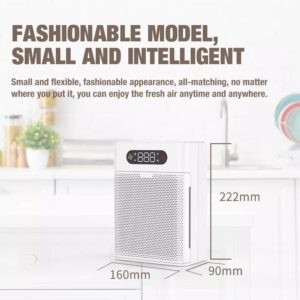What are the reverse osmosis water purifier internal structure and working principle?
Reverse osmosis water purifier internal structure and working principle
With the increasing improvement of people’s living standards, we pay more and more attention to their health, drinking water is a substance that we will contact and ingest every day, its good or bad and our health is closely related, therefore, reverse osmosis water dispenser was born, it is a product of modern scientific and technological progress, many people often do not understand the principle of it, therefore, this article will introduce to you its Therefore, this article will introduce the principle of it, so that you need to do the next reference.

Internal structure
The first stage is the PP cotton filter, the second stage before the granular carbon filter, the third stage is the compressed activated carbon filter, the fourth stage is the core RO reverse osmosis membrane filter, and the fifth stage is the post-activated carbon (small T33). Generally speaking, the five-stage filtration setting is more reasonable.
PP cotton cartridge
5 micron pore size cartridge to remove the residual silt, rust and other tiny impurities in the water.
Pre-loaded granular carbon cartridge
It is mostly made of essence, coal, shell (core) and other carbon-containing substances through chemical or physical activation method. It has a very large number of micro-pores and specific surface area, thus it has a strong adsorption capacity and can effectively adsorb organic pollutants in water. In addition, during the activation process, some oxygen-containing functional groups are formed on the non-crystalline parts of the activated carbon surface, and these groups make the activated carbon have chemisorption and catalytic oxidation and reduction performance, which can effectively remove some metal ions in water.
Compressed activated carbon cartridge
It further removes residual chlorine, odor, and solid impurities in water.
RO reverse osmosis membrane cartridge
The most effective removal of calcium, magnesium, bacteria, organic matter, inorganic matter, metal ions and radioactive substances in water, etc. The water purified by this device is crystal clear, sweet and sweet. The water filtered by RO membrane does not contain substances harmful to the body, and the minerals beneficial to the body are preserved, so that long-term drinking of water purified by RO filter will not have side effects on the body.
Post-activated carbon (small T33)
Can better improve the taste of water.
Working Principle
It uses mainly reverse osmosis membrane technology. Its working principle is to apply a certain pressure to the water, so that water molecules and ionic mineral elements pass through the reverse osmosis membrane, while most inorganic salts (including heavy metals), organic matter and bacteria, viruses, etc. dissolved in the water cannot pass through the reverse osmosis membrane, so that the permeated pure water and the concentrated water that cannot be permeated are strictly separated;
The pore size of the reverse osmosis membrane is only 0.0001 microns, while the diameter of viruses is generally 0.02-0.4 microns, and the diameter of common bacteria is 0.4-1 microns, so you can drink as much as you like from the water purifier.
According to the use of manual type (can also be economic), automatic type, the difference lies only in the backwash of the water purifier, the economic type of water purifier using a manual backwash valve. At the same time, the water purifier according to the characteristics of the use is also divided into cabinet and cabinet type, the role is the same.
According to the use of the style is also divided into split type and integrated type, split type covers an area of relatively large, storage bucket and body separation; integrated type refers to the host and storage bucket together, covering an area of small, favorable cleaning, beautiful and generous appearance. According to the actual situation of different users can have different choices.

